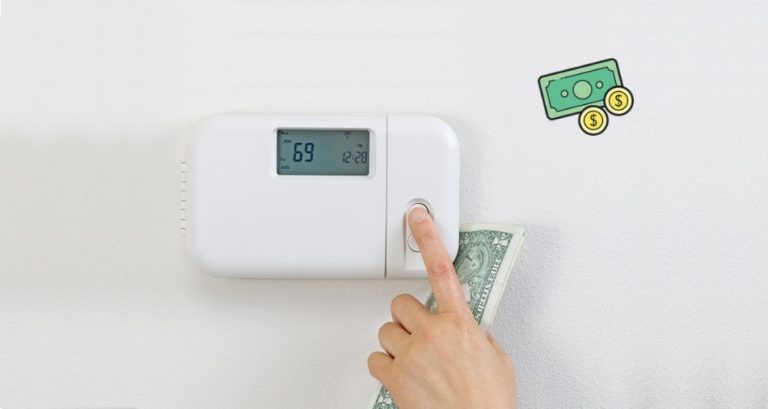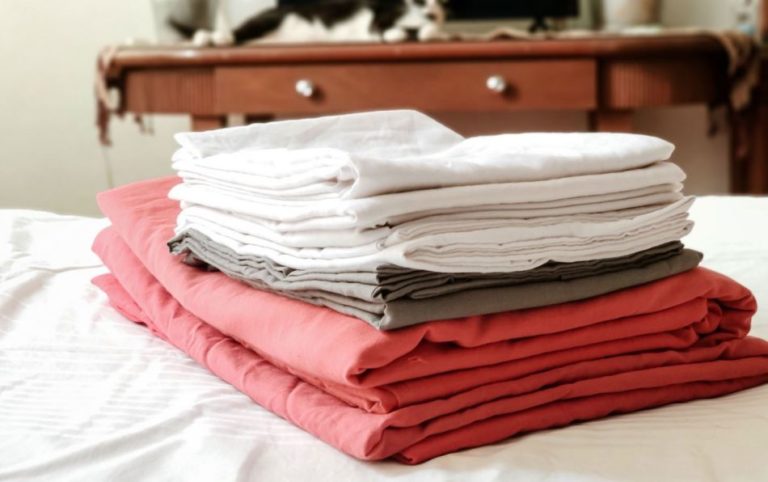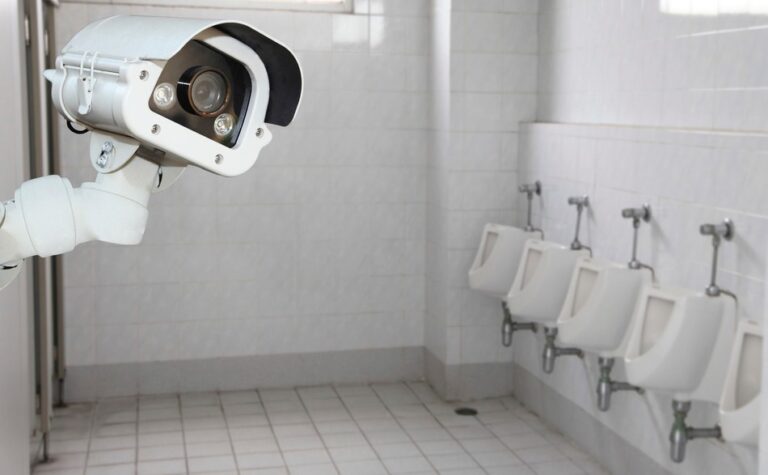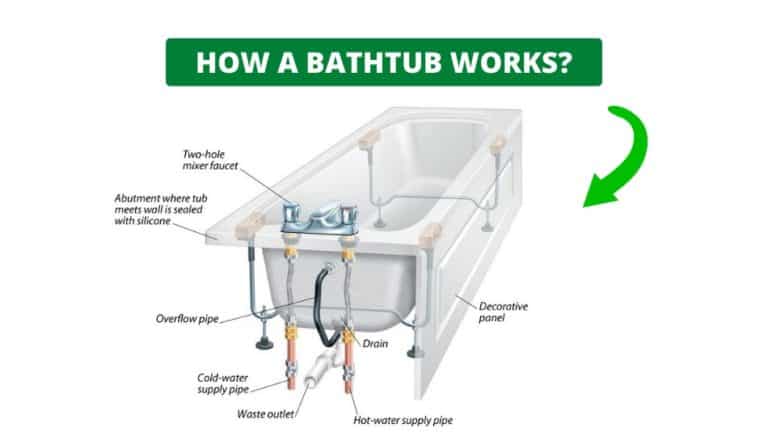What Are Black Spots In The Toilet Bowl?
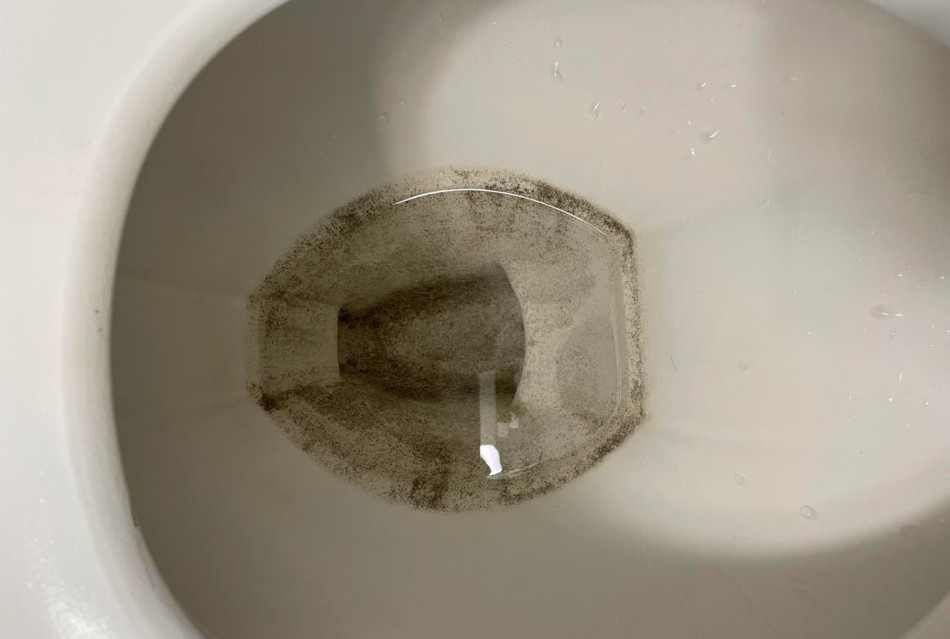
Even when you regularly maintain your toilet, you should not be surprised if you suddenly notice black spots in your toilet bowl. In most cases, it is accumulated mold or small deposits of minerals. That’s nothing unusual. However, those stains should be removed as soon as you notice them because minerals can damage your toilet, while the mold can harm your health.
What Are Black Spots In The Toilet Bowl? Black spots in the toilet bowl are usually mold or an accumulation of minerals. Most often, it is magnesium that results from hard water in the household water system. It is important to remove black spots as soon as you notice them, as they can damage the toilet.
When you notice black spots in your toilet bowl, do not ignore them because, over time, they will increase and become a greater threat to your toilet and the entire home. Apart from the fact that black spots in the toilet negatively affect the overall level of hygiene in your home, you must know that their spread is a danger for all people who use the toilet. In the next chapter, we will explain this in more detail.
Table of Contents
What Are the Black Spots?
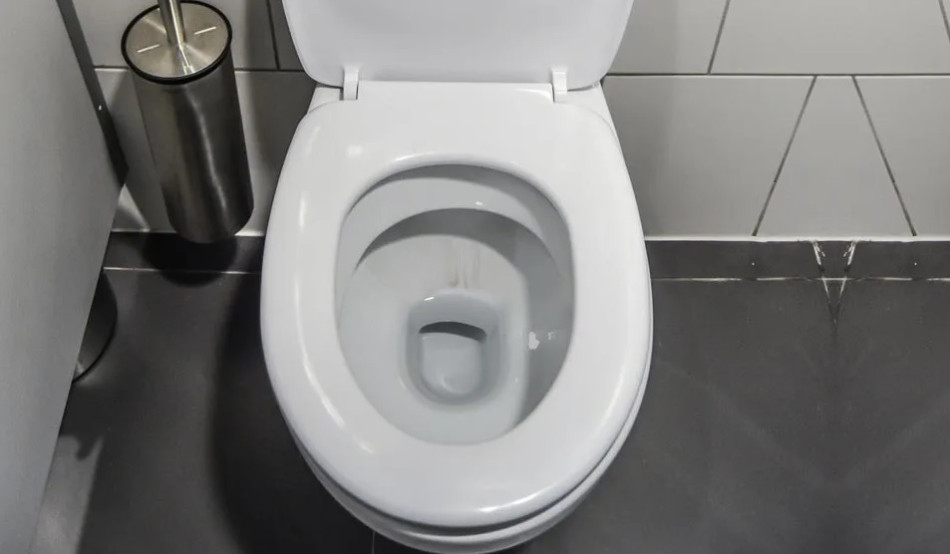
Before we start explaining how to remove black spots from your toilet, you need to understand what causes them. In most cases, it is accumulated mold or deposits of minerals. Mold leaves a darker trace than minerals, and a forest green ring can be seen along the edges of the black dots. Also, while mold in the early stages of development can be partially removed by simple scraping with a toilet brush, you will need a much stronger tool for mineral deposits.
Mineral Deposits
The main culprit for the accumulation of minerals inside the toilet bowl is the higher concentration of minerals in the water used in the household. The term “hard water” is often used for water that is too saturated with minerals, and it is common for such water to contain a higher amount of magnesium.
If you are battling magnesium, you will recognize it by the black ring made of spots along the edge of the toilet bowl or the edge of the standard water level in the bowl. Do not worry, magnesium deposits inside the toilet bowl are not difficult to remove. We bring you a step-by-step procedure on how to do it yourself with the help of substances that are probably already in your household.
Related Article: What Is The Standard Toilet Room Size?
How to Remove Manganese From Your Toilet
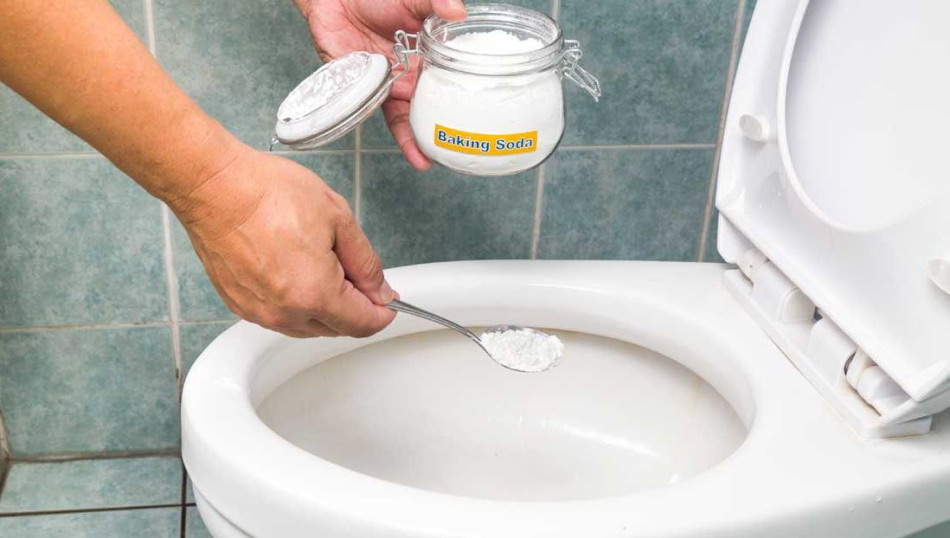
Here are the home items that you need to remove manganese from your toilet bowl:
- Small spray bottle
- Firm toilet brush
- Toothbrush
- A Cup
- Borax
- White vinegar (distilled)
- 3-4% of hydrogen peroxide
- Tartar cream
The first step is to mix three-percent hydrogen peroxide with cream of tartar into the cup to form a thick paste. Let it sit. Then close the main water valve and flush the toilet if the black spots are below the surface of the water in the bowl. That way, all excess water will go down the drain, and black spots will remain dry. After flushing, dry that area with a cloth or paper towel.
Apply hydrogen peroxide and tartar cream paste to black spots with the help of a toothbrush. Wait around 20 minutes, and rinse the area with water. You can repeat the whole process until the last black spot disappears. When you conclude that you have completely cleaned the toilet bowl of mineral deposits, open the water valve and flush the toilet. If you were successful, congratulations!
If hydrogen peroxide and cream of tartar are unavailable, you can carry out the same procedure with borax. According to the instructions on the package, mix the borax with the water from the spray bottle.
We recommend this video: Parts of a Toilet and How It Works (Plumbing Diagrams).
How Black Mold Is Formed?
If, after examining the black spots, you have concluded that you are dealing with black mold, to get rid of it, you must know how mold is formed. Mold likes damp and dark places, so there is a high probability that you notice it in your toilet tank. As mentioned, the mold leaves behind a dark trace with a forest green ring along the edges. If you delay mold removal from the toilet bowl, you will surely notice that the mold spreads very quickly.
It should be noted that there are mold removal experts who have the tools and knowledge for this job. Hiring an expert is a good idea if your household budget allows it.
Can you do this work yourself, and how? Yes, and we will explain this shortly. Let’s first look at what causes the appearance of mold inside the toilet bowl.
Related Article: Why Does Urine Sinks to Bottom of The Toilet? Explained
What Are The Main Causes Of Black Mold?
Mold inside your toilet bowl can be caused by several factors. Here are the main reasons:
Mineral Buildup
The appearance of mold in the toilet bowl can happen from hard water, resulting in deposits of minerals inside the toilet tank and under the edges of the toilet. You probably did not know that mold feeds on minerals and therefore spreads faster in their presence. When you know that the water you use in your household is hard, start with the removal of mold as soon as you see the first black spots. If you ignore this problem, the spots will quickly turn into a thick black ring of mold.
Worn-Out Washer
Mold also develops rapidly when water passes through a faulty washer for a long time. Situations like this are common because the failure of the washer is usually noticed when the mold has already spread quite a bit inside the toilet construction. That is why regular maintenance and inspection of all bathroom fixtures are very important.
Low Toilet Use
Mold will develop inside the toilet bowl if you don’t use it often. That’s why the appearance of mold is very common in holiday homes and in public toilets. Keep in mind also that toilet bowls that are not used often and remain covered are heaven for mold development.
Stagnant Water
Stagnant water in the toilet tank also promotes mold growth if the tank is not regularly maintained. Algae develop in stagnant water, which is a favorite food for mold, and the growth of mold is enhanced by the dark environment inside the toilet tank. Maintaining and cleaning the tank regularly is very important to avoid mold accumulation in your toilet.
Potential Cracks
When a crack appears in the toilet bowl, the mold will form, no matter how small it may be. For this reason, any crack in the toilet bowl should be repaired immediately.
Not Flushing the Toilet
Always flush your toilet! If you are in the habit of not flushing the toilet during the night and not waking up your housemates, stop this practice immediately. In this way, you leave enough time and food for the mold to accumulate rapidly inside the toilet bowl.
Rusty Plumbing System
If you live in an older house where water installations have not been changed for decades, the cause of the appearance of mold in the toilet bowl can also be rust that has accumulated on the pipes of the home water system. You will know this is the case when you first notice mold in the toilet tank.
Related Article: Why Sink Gurgles When Toilet Flushes? (Explained)
How To Remove Black Mold From Your Toilet Bowl?
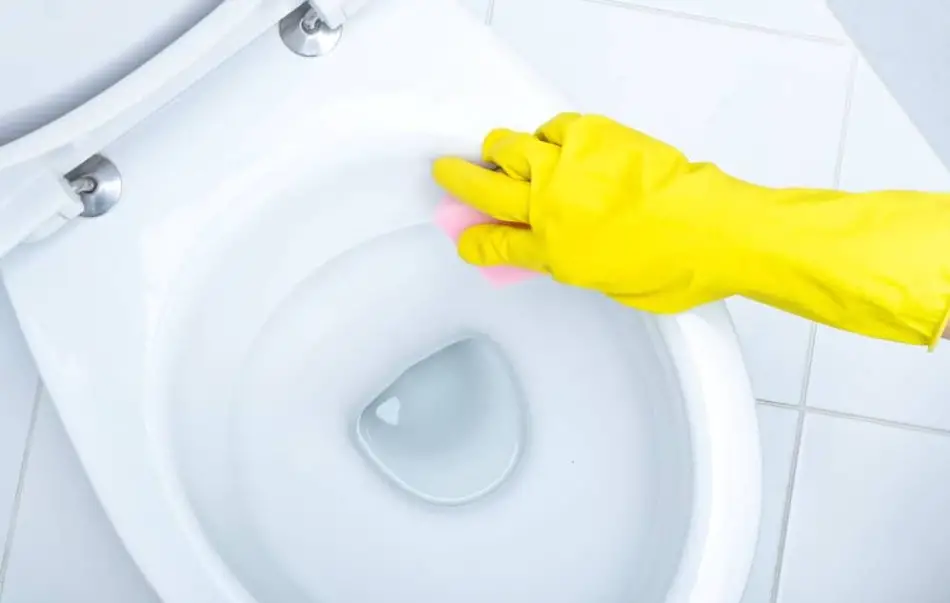
The first step that you need to do to remove the black mold from your toilet is to get all the necessary items, such as a bucket, a Face mask, gloves, a few rags, a brush, baking soda, vinegar, and bleach.
The next step is to close the main water valve and then flush your toilet to empty the tank completely. Then put on gloves and cover your eyes with safety glasses. Pure the drain cleaner as deep as possible in the drain, sprinkle the toilet bowl inside with borax or baking soda and be careful not to miss the area of the standard water line.
Spray vinegar over the borax/soda and then use your toilet brush or a toothbrush and scrub the entire toilet bowl. Be persistent because the stains left by black mold are not easy to remove.
Let it sit for around 30 minutes, do some more scrubbing, and then rinse the toilet bowl with a cup of water and bleach. Let it sit for an hour. Finally, fill the bowl with hot water from the sink faucet. Activate the water valve again and flush. You can repeat the process until the last black spot disappears.
Note! Keep in mind that it is very important to perform this cleaning process in a well-ventilated room. If the bathroom has a window, open it wide, if not, increase the ventilation.
Things To Know Before You Start
You must know that DIY cleaning of black mold in the toilet can solve the problem only if that mold has not spread too much. If you ignore the problem of the appearance of mold in the toilet for a long time, at some point, there will be no going back to the old ways with the help of house hacks. You will have to hire and pay professionals for this work.
Why Is There Black Stuff in Toilet After Flushing?
There may be several reasons why you notice a black substance in your toilet bowl during flushing. The most common reason is rust that has accumulated in the pipes of your home’s plumbing system due to water leaks. It also often happens that it is a small dissolved chunk of accumulated minerals. However, it can also be the case that you have a problem with polluted water, which you must definitely check out.
For those who want to learn more, be sure to read Can Plunging A Toilet Damage The Wax Ring?
FAQ: People Also Ask
Why does my toilet have pink residue?
If you notice pink stuff in your toilet bowl, it’s probably the serratia marcescens bacteria in the bowl. It does not negatively affect human health, but it gives your guests a sign that they are in a house where bathroom fixtures are not regularly maintained. In order to get rid of these bacteria, it is sufficient to regularly clean the toilet bowl with the usual chemicals for washing the toilet.
Does the toilet bowl need to be cleaned regularly?
You should clean the toilet well once a week, although many people do it less often. Also, having a sanitizer attached to the toilet bowl’s edge is not out of place and releases the cleaning agent during each flush. If you regularly care about the cleanliness of your toilet, this bathroom fixture will serve you well for a long time.
Final Thoughts
Black spots in the toilet bowl can appear for a number of reasons, but the most common is the formation of scale deposits caused by hard water in the household. Also, black spots cause mold, which is the ideal condition for developing the toilet bowl if the toilet is not regularly maintained. If you have noticed black spots in your toilet bowl, start solving this problem immediately, so it does not escalate. We believe that the advice from this text will help you.


